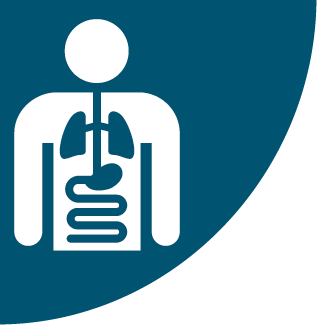NEWSWATCH
STANDARDS

OSHA’s Beryllium Rule Reduces PEL, Increases Workplace Protections
A new final rule that amends OSHA’s standards for occupational exposure to beryllium and beryllium compounds was published in the
Federal Register
on Jan. 9, 2017. OSHA’s new rule replaces the decades-old permissible exposure limit (PEL) for beryllium, reducing the PEL from 2 μg/m3 to 0.2 μg/m3 averaged over eight hours. The rule also establishes a new short-term exposure limit (STEL) for beryllium of 2 μg/m3 over a 15-minute sampling period, and requires additional protections such as personal protective equipment, medical surveillance, and training.
The rule comprises three standards, one each for general industry, construction, and shipyards. The separate standards allow OSHA to tailor its requirements to the different circumstances found in each sector; however, the agency notes that all three standards contain many common elements. All three standards were set to take effect on March 10, but the regulatory freeze put in place by the Trump administration on Jan. 20 “temporarily delays” the effective date of the rule until March 21, 2017. The
Federal Register
notice
regarding the updated effective date states that the delay will “allow OSHA officials the opportunity for further review and consideration of new regulations.”
The rule provides staggered compliance dates. OSHA explains that employers will have one year from the rule’s effective date to implement most of its provisions. Employers will have two years after the effective date to provide the change rooms and showers required by the rule, and three years to implement required engineering controls.
Beryllium is used in many applications in the defense, aerospace, energy, electronics, telecommunications, and medical industries. The International Agency for Research on Cancer (IARC) lists beryllium as a Group 1 carcinogen, the agency’s designation for agents that carry sufficient evidence of carcinogenicity in humans. The National Toxicology Program lists beryllium and beryllium compounds as “known to be human carcinogens.” According to OSHA, the majority of workers at risk include those employed in foundry and smelting operations, fabricating, machining, grinding beryllium metal and alloys, beryllium oxide ceramics manufacturing, and dental lab work.
“Compared to other OSHA health standards, the beryllium rule covers a relatively small worker population of approximately 62,000 workers,” OSHA’s overview (
PDF
) of the final rule reads. “OSHA estimates that each year the final rule will save the lives of 94 workers from beryllium-related diseases and prevent 46 new cases of chronic beryllium disease once its full effects are realized.”
For more information, see OSHA’s
webpage
on its final rule to protect workers from beryllium exposure.The Synergist
highlighted the risks of chronic beryllium disease in the September 2015 issue
. In August 2016, the magazine’s back page “By the Numbers
” focused on the Department of Energy’s proposed beryllium rule. Last month’s issue
illustrated information from this new final rule.
thesynergist | TOC | NEWSWATCH | DEPARTMENTS | COMMUNITY

